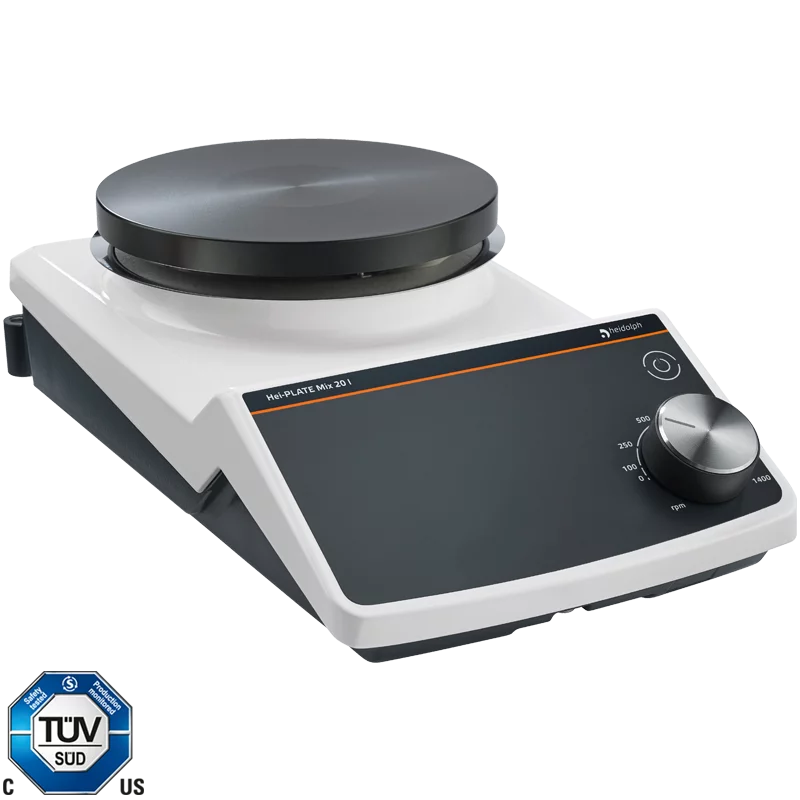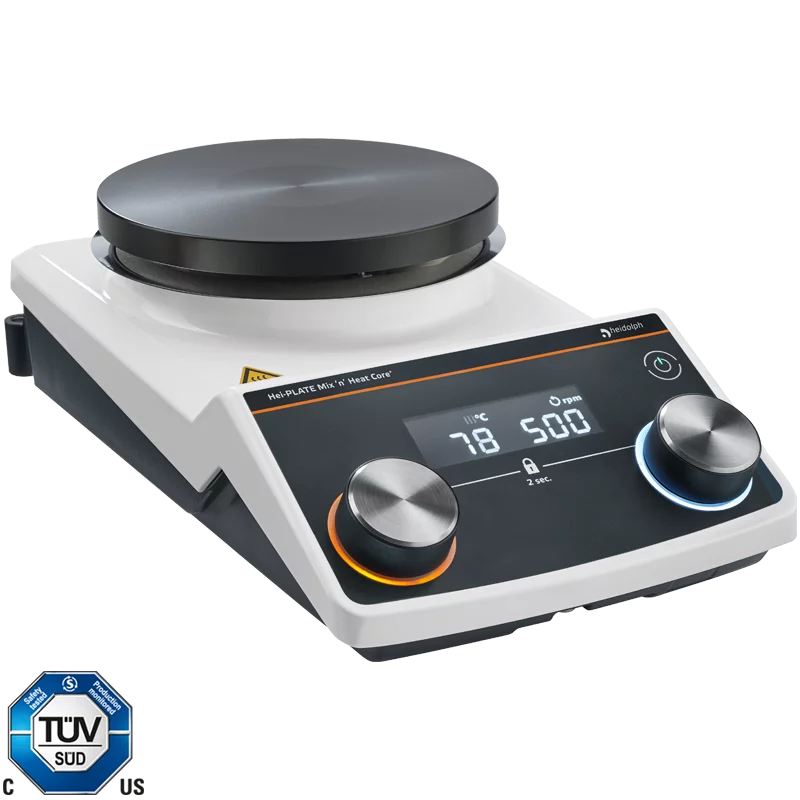Hei-Connect

Hei-Connect Magnetic Stirrers
Distributor & Service Provider In India
P/N: 505-40000-00
Stirring and heating with full control
Experience seamless laboratory mixing with Hei-Connect Magnetic Stirrers by Heidolph, distributed and serviced by Inkarp Instruments Pvt Ltd in India. These innovative stirrers offer wireless connectivity, precise control, and efficient operation, backed by Inkarp's expert support.
In our proven Hei-PLATE magnetic stirrer line, the Hei-Connect combines gentle stirring (up to 1,400 rpm) with a precise heating function (up to 300 °C). Unique in its robust design and secure functionality, this model stands out with additional features giving you complete control and an easy, accurate documentation of your process parameters.
The unique Kera-Disk® footprint is chemically resistant, scratch-proof, and has a diameter of 145 mm. This unique size makes it suitable for use with many accessories and samples on a small footprint. The anodized aluminum from which it is made enables the fastest possible heating times.
The Hei-Connect magnetic stirrer provides a digital display for setting your desired temperature exactly to the degree. This precise temperature without overshooting is controlled by two selectable heating modes (FAST/PRECISE) and the optional external temperature sensor Pt1000.
To facilitate process control and documentation, the Hei-Connect is equipped with a timer and an RS 232 interface. The free Hei-Control Software is included in the scope of delivery.
| Rotation speed range | 100 – 1,400 rpm |
|---|---|
| Speed accuracy | ± 2 % |
| Max. stirring capacity (H₂O) | 20 l |
| Max. Load | 25 kg |
| Temperature range | 20 – 300 °C |
| Heating power | 800 W |
| Accuracy temperature setting | ± 1 K with sensor |
| Plate diameter ø | 145 mm |
| Plate material | Kera-Disk® (Silumin with ceramic coating) |
| Residual heat indicator | yes |
| Analog / digital interface | digital (RS 232) |
| Timer | yes |
| Protection class IEC 60529 | IP 32 |
| External temperature sensor | Pt1000 |





